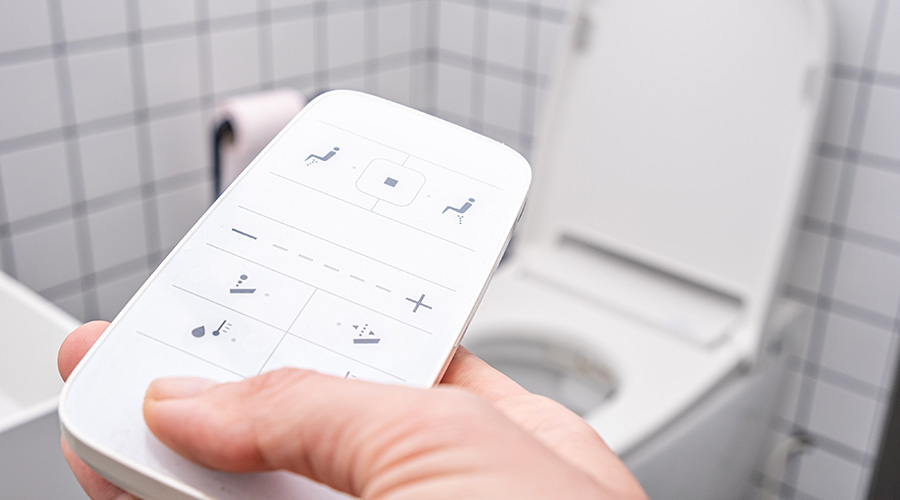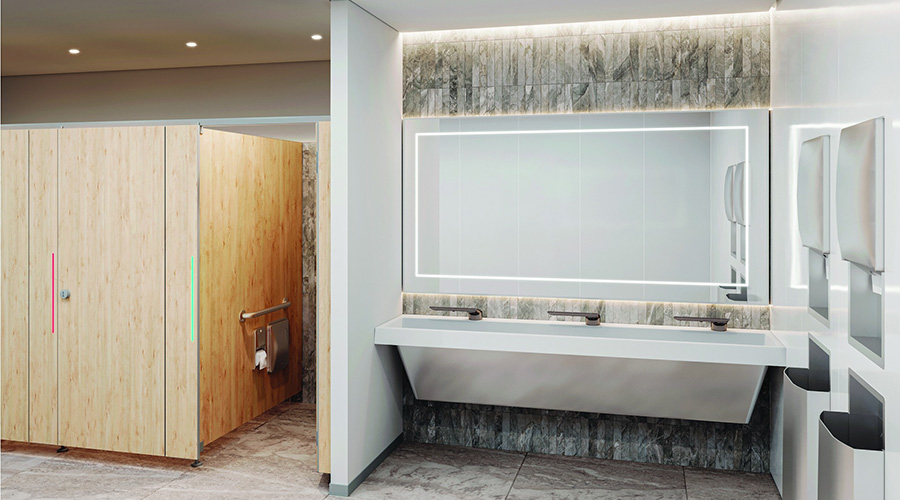Drain Cleaning Equipment Options
Plumbing and piping systems are among the most important but also most overlooked elements of healthy facilities. Floor drains, in particular, tend to receive little attention, until problems arise. That is where drain-cleaning equipment comes in.
Managers face a host of important decisions in selecting drain-cleaning equipment for their departments, including equipment sizes and features, safety considerations, and renting versus purchasing. Making the most appropriate product choice for front-line technicians requires managers to research and understand their options.
Equipment Considerations
Equipment size is a function of drain diameter, length and material. Larger-diameter drains require larger-diameter cable and cleaning attachments and more power, while smaller-diameter pipes usually require smaller-diameter attachments and enough power to get through blockages.
Longer drains often are beyond the reach of smaller drain-cleaning tools. In many hospitals, schools and other facilities, technicians need to use cables that are 100 feet long or more to reach completely through floor drains to the nearest sewer.
Knowing the pipe diameter, length and material, as well as the nature of the clog, are important first steps in deciding the best way to attack the problem. The most common drain materials are plastic, malleable iron, cast iron and copper. Some larger drains are cast iron, cement or clay.
Underground lines might be made of cast iron, plastic, or clay and are among the toughest drain lines to clear because of blockages resulting from penetrating tree roots. In such cases, it is important to use a cable heavy enough and long enough, that has the flexibility to get past tees and ells, and that features a blade that will cut through heavy roots, some of which can be 1 inch or larger. If the cable is old, it can break off and require a retriever to recover it.
Cast iron, steel and even copper pipes are subject to corrosion, and managers must consider these materials, in addition to the materials flowing through them. Condensate-return drains contain hot water and steam, which will combine to produce carbonic acid and rapidly corrode the copper or steel pipe wall, which can break off and cause blockages at bends.
Fixture drains are usually made of thin-gauge copper or plastic and are more fragile and easily damaged, especially with powered drain augers. Equipment operators must be careful to work the clog loose gradually without exerting too much force. Material in these drains is most often hair and soap residue, which might require chemical treatment, as well as mechanical options, starting with a hand snake and working up.
Clogs and overflows in toilet bowls and urinals occur often in most facilities. For toilet bowls, the best tool is the manual snake, which can get around tight bends easily. If the clog remains after this tactic, the technician will need to feed a longer manual or electric-powered auger into the line to reach a clog beyond the toilet-bowl trap.
High-speed jetters are an option for clearing ice, grease and some gritty solids. Special nozzles use high-pressure water jets to break away or melt clogs from the pipe wall and flush it away. The narrow central nozzle orifice, connected to a hose and shaped like a bloated hose nozzle, increases the velocity of the water. Back pressure causes some of the water to discharge through the rear-facing orifices, creating jets around the outside of the nozzle that propel the nozzle and hose further into the pipe.
Technicians can modify newer equipment for other cleaning jobs, including surface cleaning, building façade cleaning, and graffiti removal, increasing the unit’s flexibility.
Related Topics:














